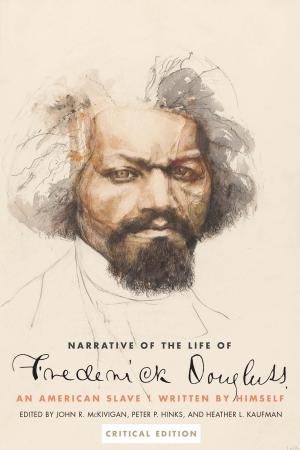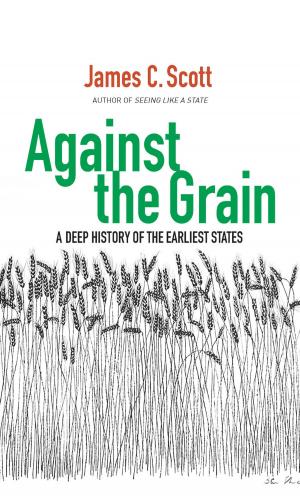| Author: | John Hardman | ISBN: | 9780300221657 |
| Publisher: | Yale University Press | Publication: | May 28, 2016 |
| Imprint: | Yale University Press | Language: | English |
| Author: | John Hardman |
| ISBN: | 9780300221657 |
| Publisher: | Yale University Press |
| Publication: | May 28, 2016 |
| Imprint: | Yale University Press |
| Language: | English |
Louis XVI of France, who was guillotined in 1793 during the Revolution and Reign of Terror, is commonly portrayed in fiction and film either as a weak and stupid despot in the thrall of his beautiful, shallow wife, Marie Antoinette, or as a cruel and treasonous tyrant. Historian John Hardman disputes both these versions in a fascinating new biography of the ill-fated monarch. Based in part on new scholarship that has emerged over the past two decades, Hardman’s illuminating study describes a ruler possessing sharp insight, uncommon political acumen, and a talent for foreign policy, yet one whose great misfortune was to be caught in the violent center of a major turning point in history.
Hardman’s dramatic reassessment of the reign of Louis XVI sheds a bold new light on the man, his actions, his world, and his policies, including the king’s support of America’s War of Independence, the intricate workings of his court, the disastrous Diamond Necklace Affair, and Louis’s famous dash to Varennes.
Hardman’s dramatic reassessment of the reign of Louis XVI sheds a bold new light on the man, his actions, his world, and his policies, including the king’s support of America’s War of Independence, the intricate workings of his court, the disastrous Diamond Necklace Affair, and Louis’s famous dash to Varennes.
Louis XVI of France, who was guillotined in 1793 during the Revolution and Reign of Terror, is commonly portrayed in fiction and film either as a weak and stupid despot in the thrall of his beautiful, shallow wife, Marie Antoinette, or as a cruel and treasonous tyrant. Historian John Hardman disputes both these versions in a fascinating new biography of the ill-fated monarch. Based in part on new scholarship that has emerged over the past two decades, Hardman’s illuminating study describes a ruler possessing sharp insight, uncommon political acumen, and a talent for foreign policy, yet one whose great misfortune was to be caught in the violent center of a major turning point in history.
Hardman’s dramatic reassessment of the reign of Louis XVI sheds a bold new light on the man, his actions, his world, and his policies, including the king’s support of America’s War of Independence, the intricate workings of his court, the disastrous Diamond Necklace Affair, and Louis’s famous dash to Varennes.
Hardman’s dramatic reassessment of the reign of Louis XVI sheds a bold new light on the man, his actions, his world, and his policies, including the king’s support of America’s War of Independence, the intricate workings of his court, the disastrous Diamond Necklace Affair, and Louis’s famous dash to Varennes.















